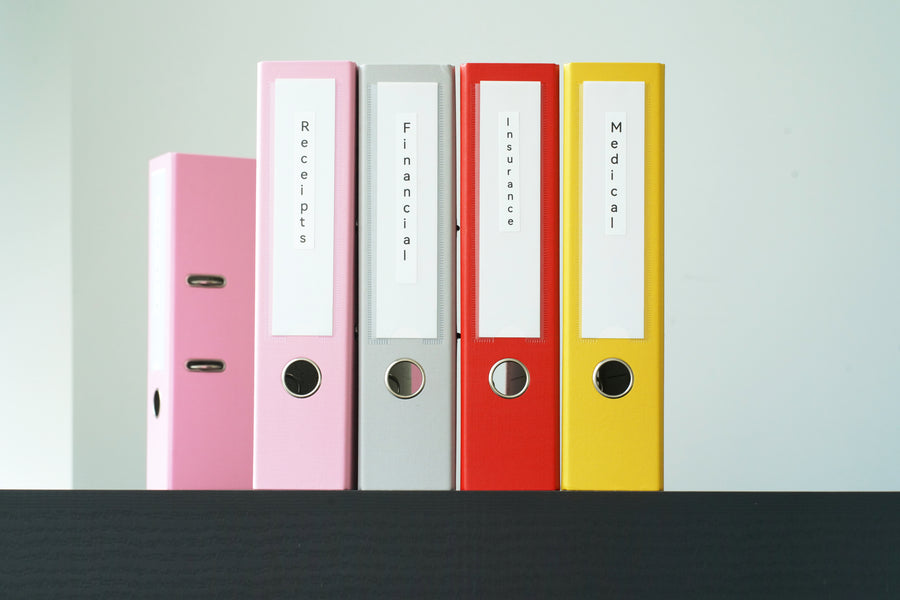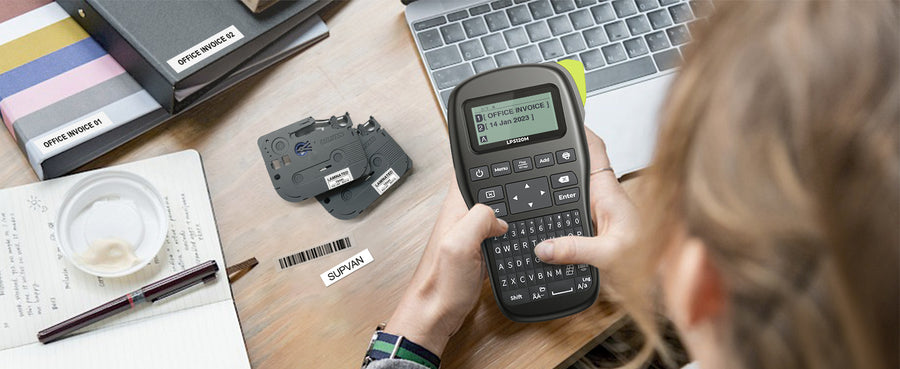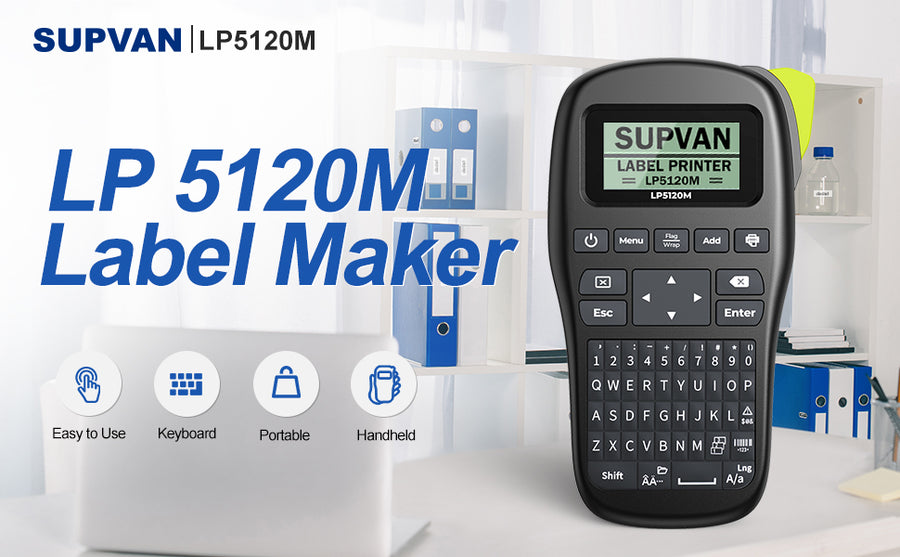A thermal printer works by using heat to transfer ink onto paper.
Inside the printer, there is a heating element (usually a tiny metal coil) that heats up when electricity flows through it. This heating element is located behind a special type of paper called thermal paper, which is coated with a layer of heat-sensitive chemicals.

When the heating element comes into contact with the thermal paper, the chemicals on the paper react to the heat and change color. Depending on the type of thermal printer, this process may involve either direct or indirect heat transfer.
In direct thermal printing, the heating element touches the back of the thermal paper directly, causing the chemicals to turn black in the areas that are heated. In contrast, in indirect thermal printing, the heating element heats up a ribbon that runs between the thermal paper and the heating element. The ink from the ribbon then transfers onto the paper where it comes into contact with the heated areas.
The result is a printed image or text that appears on the paper. Thermal printers are commonly used for printing labels, receipts, tickets, and other types of small documents that require high-speed, low-cost printing.







Leave a comment